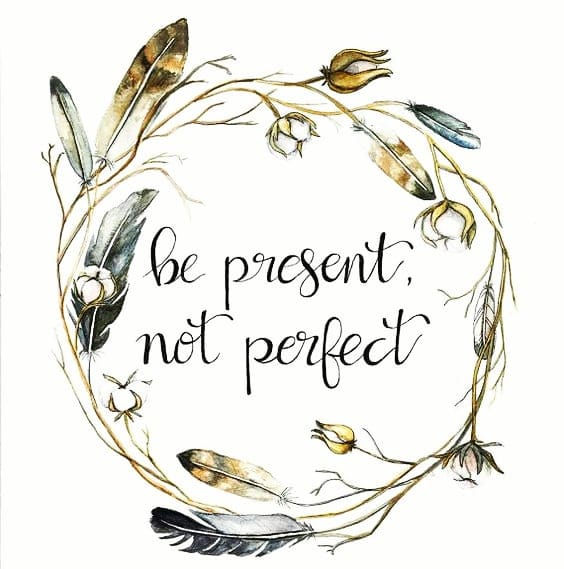5 Ways NLP Can Boost Teacher and Student Performance
- Life Coach Bindiya Murgai

- Jan 13, 2017
- 4 min read
Updated: Sep 26, 2019
Neuro Linguistic Programming or NLP is a powerful tool for educators who wish to upgrade, strengthen and deepen their skills and strategies to catapult learning and teaching to the next level of effectiveness. NLP in education helps students understand and take control of their thought processes and feelings, and use them to create positive impact in their personal and academic lives. One of the ways in which NLP achieves this is by categorizing the way we process sensory information into Representational Systems for learning, such as Visual, Auditory and Kinesthetic.

NLP Teachers Training Workshop in Bhutan, one of my favorite places in the world
Visual Learners learn best by seeing. They prefer watching demonstrations, charts, audio-visuals, or pictorial books. They have intense concentration and ability to visually imagine information. For example, they may remember visual depictions or people’s faces, but forget names. They like writing things down, take detailed notes and you may find lots of doodling in their notebooks. These students are often found looking distracted, looking out of the window, or flipping through newer chapters as they frequently need visual stimulation. Their facial expressions are quite transparent. They don’t like to talk endlessly and get impatient with too much extensive listening. They learn best by studying alone.
Auditory Learners learn best by hearing, listening or reading as they are all about words. They prefer talking about a situation, and are quick to vocalize their feeling. They love talking and like other talkative people too, but are always waiting to interject or have themselves heard. They learn best through verbal instructions, and are often the ones who move lips, subvocalize when reading, and memorize well with auditory repetition. They study well with a friend with whom they can discuss material.
Kinesthetic Learners learn best by doing stuff. They need direct involvement with things and are more tactile. Touching, feeling and manipulating objects works best for them. Not big readers, these students can get restless if they are made to be in one place for long, and need to move around. You’ll often see them fidgeting with the pencil boxes, dropping things just so they can get up to lift them, making excuses like unnecessary loo breaks, making paper balls etc. They express emotions in a more animated manner, through movement and gesticulations, and need frequent breaks when studying.
Most people display a natural leaning towards one of the Systems, but use all of them in some measure. However, working with a System one has a natural leaning towards, achieves far better results for students. NLP can help educators from across spheres to pick on subtle language clues that helps them identify the learning style or preferred Representational System of each student. Teachers can then understand what makes different students tick, enabling them to tailor-make lessons in a manner that optimizes the students absorption of information.
The use of Representational Systems in NLP is just one of the techniques used to aid learning. Few other examples include:
Developing fundamental sensory processes, instead of rote learning.
2. Visualization and metaphors that help students think differently, and in ways that are provide positive messages and mindsets, replace limiting beliefs, and achieve specific learning outcomes. These encourage different thinking processes, and provide a powerful means of embedding positive messages. They can be a very useful way of replacing limiting beliefs, lack of confidence and limitations occurring due to negative past experiences, with positive messages and suggestions.
3. Reframing helps change a negative idea into a positive one, by flipping it around and seeing the positive side of it. A simple example is changing a negative idea like, “I hate spending time with my parents as it keeps me away from my friends,” to a positive one like, “Spending time with my parents makes them feel good, and they then don’t grudge my time with friends.” This empowers students, and creates flexibility in their thoughts and behavior.
4. Anchoring is one of NLP’s most powerful techniques that can be used for any number of situations and contexts. It uses a positive emotional trigger, draws from it, and superimposes it on a challenging situation. It can change the emotional state of students and educators, by creating positive emotions. For example, students who suffer from a bad case of nerves before exams, can use an anchor to replace their jitters with composure. Teachers can utilize this technique by integrating key words or other stimuli as anchors during teaching, that consciously or subconsciously, promote subsequent recall of the material.
5. High performance states can be achieved through a series of structured games that engage the 3 major representational systems (visual, auditory and kinesthetic), and fuse them with cross lateralized movements that can be scaled up or down. Together, these fully engage both hemispheres of the brain and scalability, making the tasks more complex. These generate a ‘know nothing’ state where students perform at a very high level without any conscious thinking or awareness, and are a very beneficial tool for students.
New Code NLP Training For Teachers are workshops conducted across the Indian subcontinent by NLP Life Coach Bindiya Murgai, of the Healing Hideaway. These are tailor-made for students of all age groups, from 12 onwards. For more details, visit www.healinghideaway.in
#healinghideaway #therapy #bindiyamurgai #therapistbindiyamurgai #NLP #newcodeNLP #anchoring #highperformancestates #visualization #reframing #fundamentalsensoryprocesses #NLPforstudents #NLPworkshops #NLPworkshopsindia #NLPindia




Comments